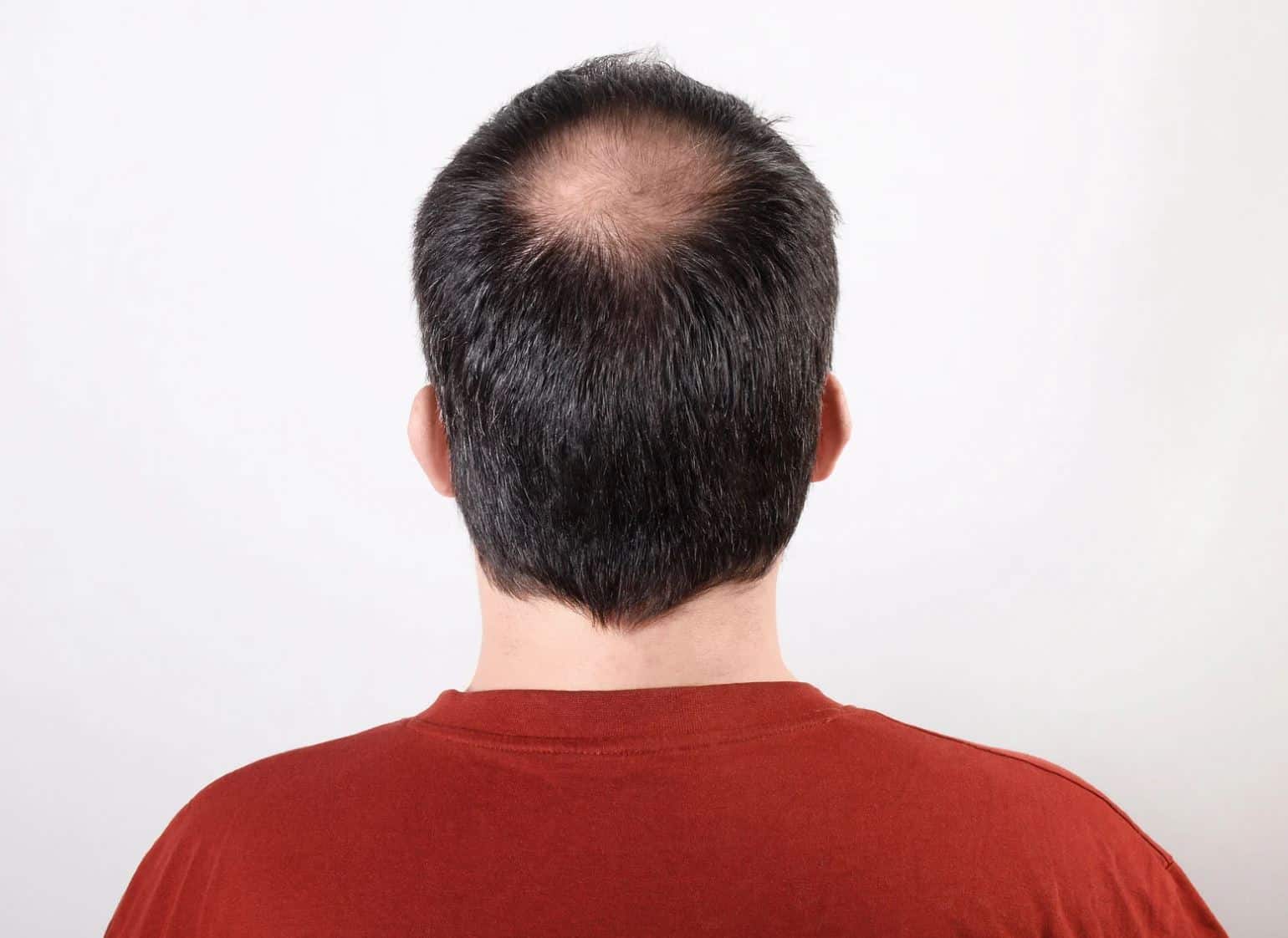 Our hairline plays a crucial role in framing our face and contributing to our overall appearance. For many, the gradual recession of the hairline can be a source of distress. For some, it may even hinder them from engaging in social situations. Fortunately, the field of hairline restoration offers a range of solutions to address this concern.
Our hairline plays a crucial role in framing our face and contributing to our overall appearance. For many, the gradual recession of the hairline can be a source of distress. For some, it may even hinder them from engaging in social situations. Fortunately, the field of hairline restoration offers a range of solutions to address this concern.
What Causes Receding Hairline?
Hairline recession can be attributed to a combination of factors, ranging from genetics and heredity to hormonal imbalances. But the most common reason for a receding hairline is male or female pattern baldness or androgenetic alopecia.
Pattern baldness is linked to the presence of follicle-shrinking hormone dihydrotestosterone (DHT) leading to baldness or thinning. Some people are genetically predisposed to pattern baldness so if someone in your family tree has it, you are likely to be on the same trajectory.
Can I Restore My Hairline Naturally?
You may find plenty of hair care products online, but most of them do not deliver the results you expect. Dr. Shapiro advises everyone to invest in proven programs and methods. There is a spectrum of hairline restoration techniques, catering to your preferences, budget, severity of hair loss, and goals. Here’s the conundrum – hair transplantation is the only way to restore your hairline permanently. Other hair restoration solutions may help manage ongoing hair loss or even regrow miniaturized hair follicles.
Proven Treatments to Restore a Natural-Looking Hairline
1. Oral and Topical Medications
The only FDA-approved medical treatments for baldness are finasteride and minoxidil. Finasteride works by preventing testosterone from converting into DHT, the hormone responsible for shrinking hair follicles.
Minoxidil (you might recognize it as Rogaine) is a topical solution or foam you rub into your scalp daily. It directly counteracts the follicle-shrinking effects of DHT by dilating the blood vessels that supply essential nutrients to the hair follicles, keeping them longer in the anagen phase (the growth phase).
2. Low-Level Laser Light Therapy (LLLT)
Laser therapy involves using devices like laser combs, helmets, and brushes that emit red light. This light has been shown to stimulate hair follicles, encouraging them to produce hair. It’s non-invasive, painless, and can be done in-office or even at home.
3. Platelet-Plasma Therapy (PRP)
In PRP, a sample of your blood is taken, processed to concentrate the platelets (those tiny things that help your blood clot), and then injected back into your scalp. The growth factors in the PRP stimulate the miniaturized hair follicles leading to hair regrowth.
4. Surgical Methods: FUT and FUE Hair Transplant
In FUT, a strip of your scalp (usually from the back) is removed, and individual hair follicles are extracted and transplanted to areas with thin or no hair. FUE is time-consuming but less invasive. In FUE, individual hair follicles are directly extracted from the scalp and transplanted into the target areas where balding or thinning has occurred.
5. Scalp Micropigmentation (SMP)
If you think SMP is the same as hair tattooing, you’re wrong. This technique requires a higher level of knowledge and skill to perform, and Dr. Shapiro recommends only getting your SMP from a certified SMP artist.
In SMP, tiny dots of pigment are injected onto the scalp to give the illusion of a fuller, denser head of hair, especially for those with bald patches or thinning hair. It doesn’t grow your hair back, but it does an excellent job at mimicking a shadowed, shaved head or adding the appearance of density in thinning areas.
Explore your hairline restoration options at Shapiro Medical Group – call us to schedule your consultation. We serve patients all over Minneapolis and surrounding areas including Golden Valley, Columbia Heights, Roseville, Richfield, and the greater Minnesota area.



